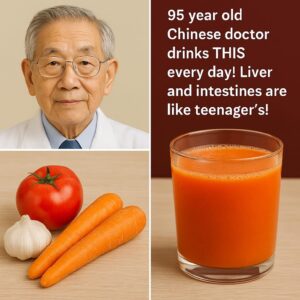Ever Noticed Strange Stamps on a Dollar Bill? Here’s What They Mean
You’re standing in line, about to pay for your coffee, when you notice something odd on your $20 bill—maybe a tiny red star, a pair of initials, or even a weird little bird symbol. It’s not part of the official design, but it’s clearly been stamped there on purpose. What gives?
Welcome to the fascinating world of chop marks—tiny stamps with big stories. These little symbols have traveled far and wide, and if you’re holding a dollar bill with one, you’re holding more than just currency. You’re holding history.
The word “chop” actually comes from Chinese merchants who used to stamp silver coins to show authenticity. In bustling markets, thousands of traders competed by marking coins with their own personal “chop.” It wasn’t about decoration—it was about trust.
Fast forward to modern times, and that practice naturally extended to paper currency. With the U.S. dollar being one of the most widely circulated currencies worldwide, it’s become a common target for chop marks. It’s like paper money got adopted into an ancient tradition of stamped verification.
In economies where counterfeit bills are a major issue, money changers, traders, and local verifiers use chop marks as part of their due diligence. After confirming a dollar bill is legitimate—using watermarks, color-shifting ink, and all the usual tests—they’ll sometimes add their own mark to say, “I’ve checked this. It’s good.”
Here’s what that process usually accomplishes:
- Verification: It’s a sign that the bill has already passed security checks.
- Tracking: It helps local traders and financial institutions trace the flow of money.
- Trust-building: In places with less robust banking systems, a chop mark is like an unofficial seal of approval.
What Do Chop Marks Look Like?
They’re usually subtle—small enough not to block any important features of the bill. You might see:
- Tiny arrows or stars
- Birds or bows
- Stylized initials or letters
- Ink colors like blue, red, or black
One recently spotted $20 bill featured a neat bow and arrow stamp. These aren’t just random doodles—they’re deliberate, symbolic, and often regional. Some even look like miniature logos.





